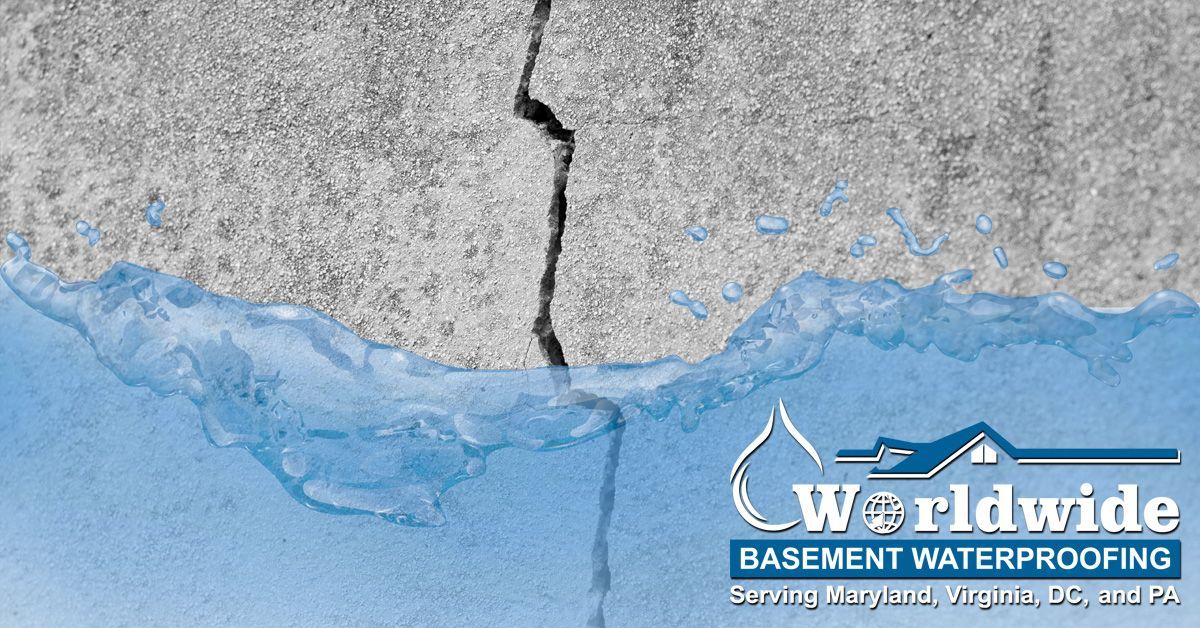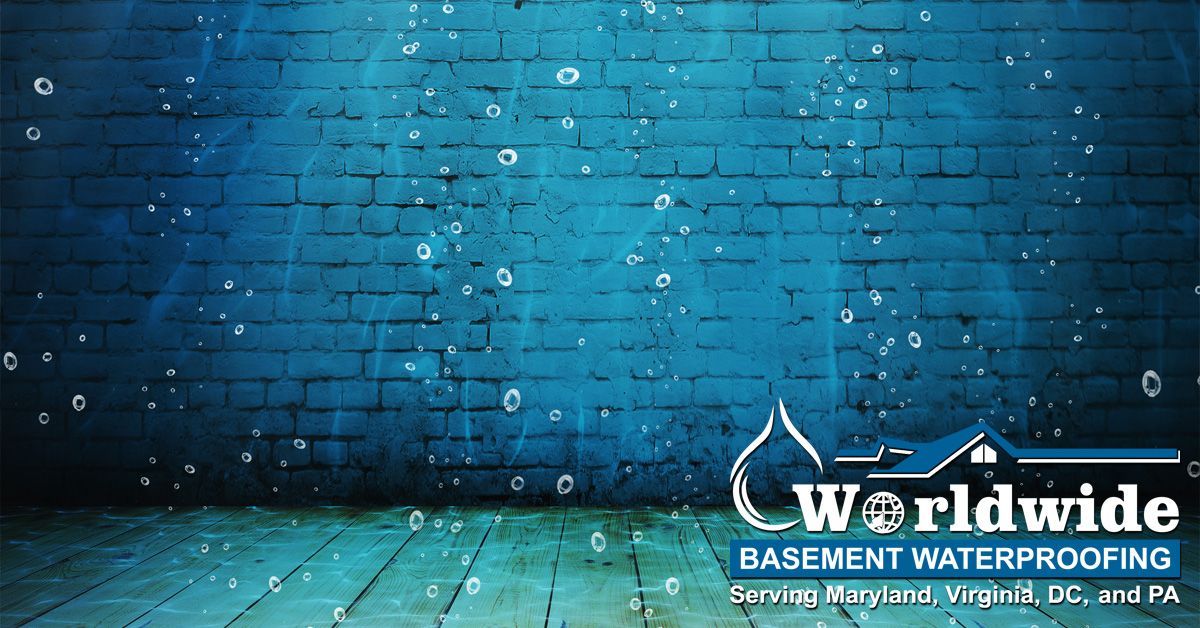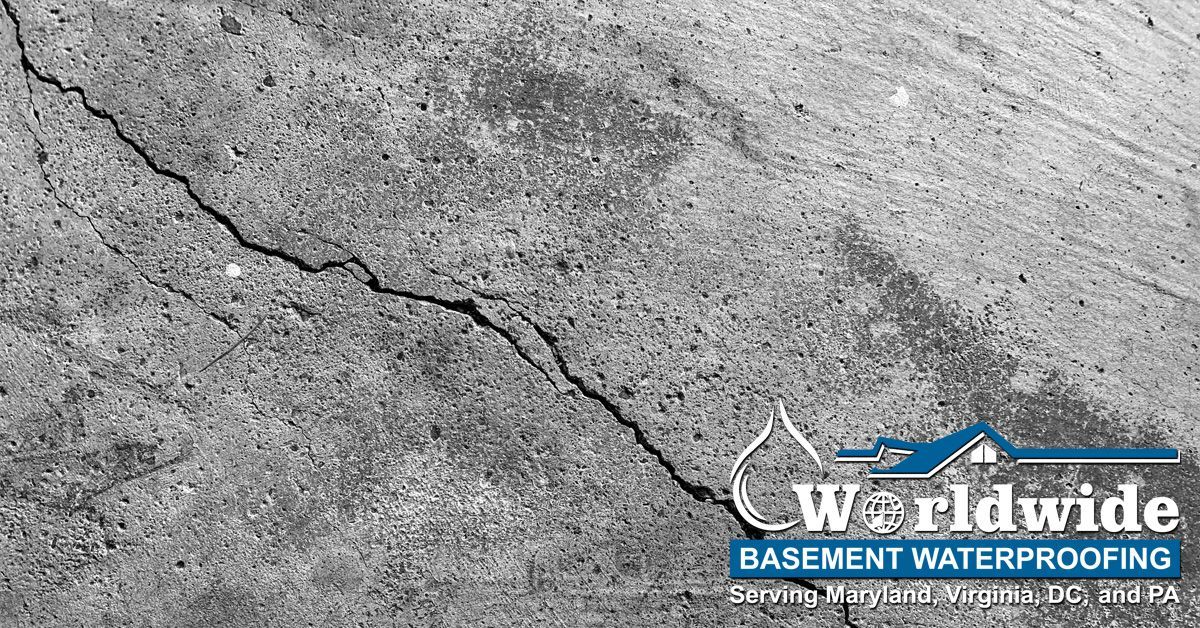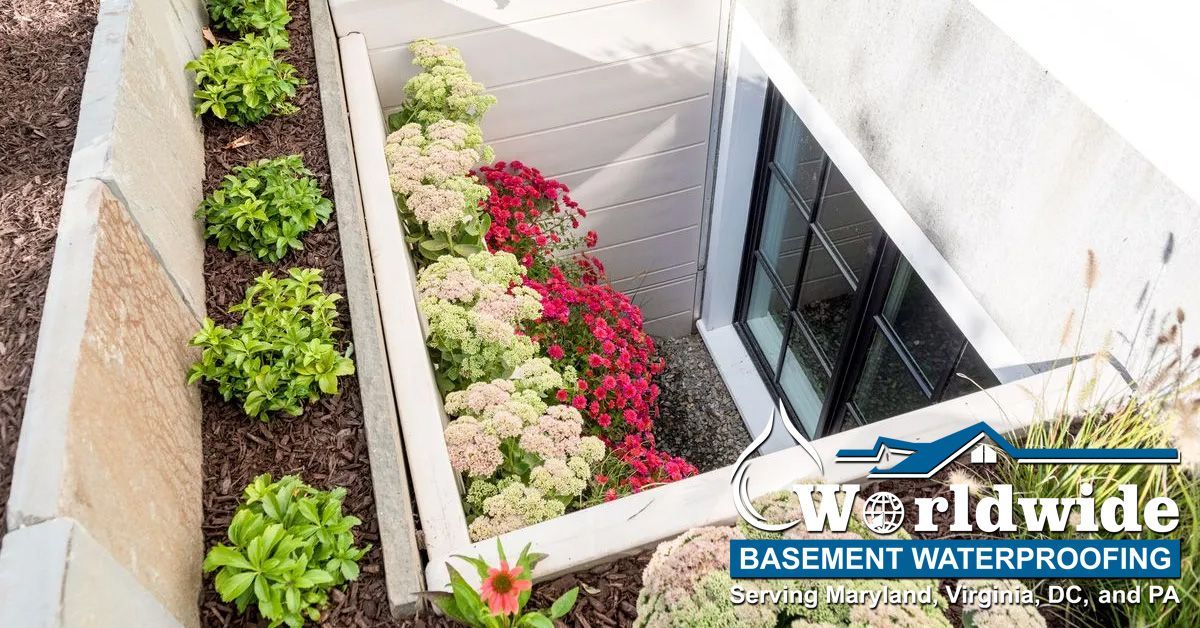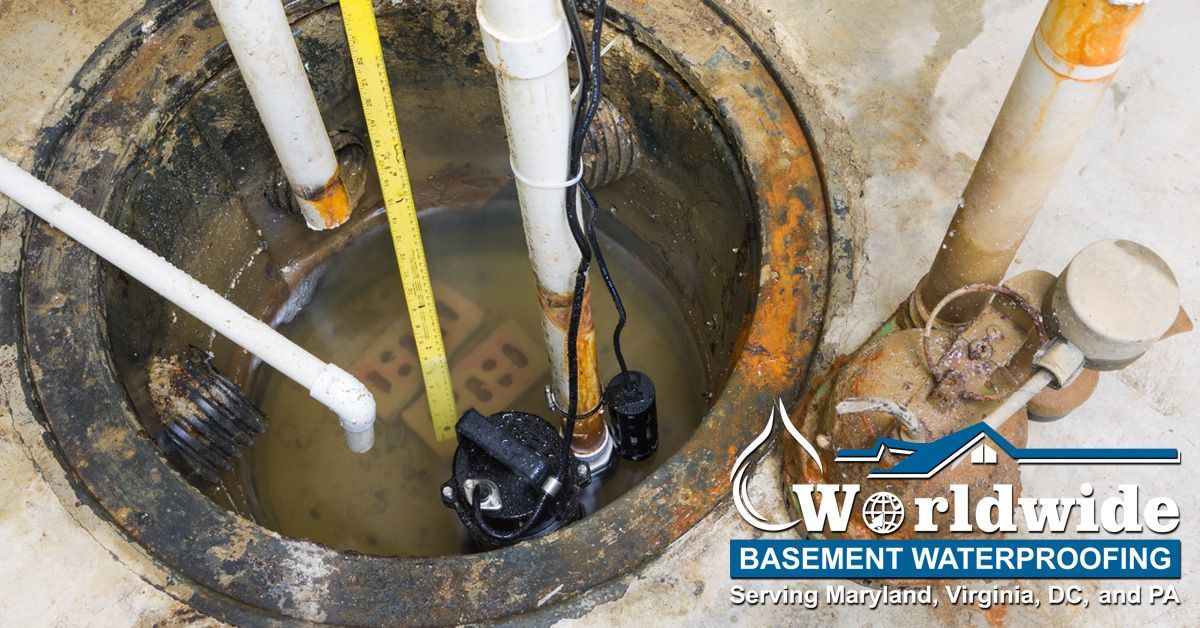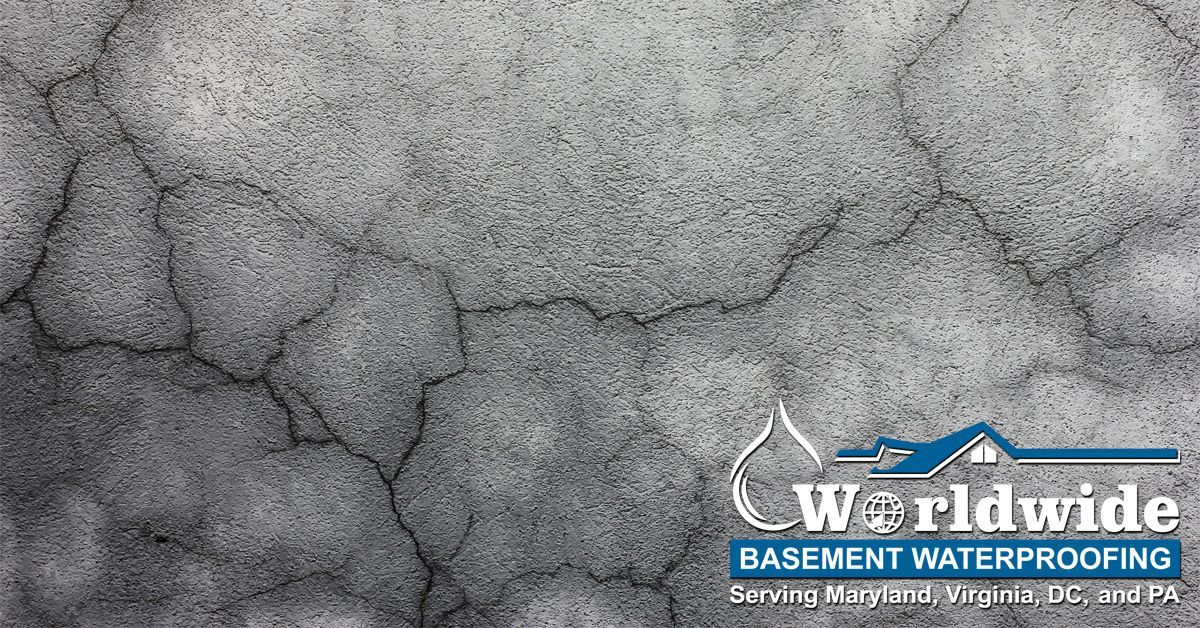Serving
Maryland, DC and Northern Virginia
Call 24/7 For Emergency Service
Northern Virginia (703) 647-2098
Wash. DC (202) 552-6662
Maryland (410) 437-0360
6 Kinds of Foundation Cracks and What they Mean
6 Kinds of Foundation Cracks and What they Mean
Horizontal Cracks
Horizontal cracks are serious. This kind of crack is commonly caused by unbalanced soil and hydrostatic water pressure pressing against the foundation wall. If you notice the foundation bowing inwards and some water leaking into the basement this may be the issue. Block and poured foundations are susceptible to horizontal cracks. If you act immediately and call foundation experts, you can permanently repair these cracks with lifetime guarantees and transferable warranties should you decide to sell your home in the future.
Vertical Cracks
Vertical cracks aren’t as serious as horizontal cracks and are typically not dangerous for your structure. Vertical cracks are usually found in poured foundations and are caused by the foundation settling over time or when the concrete cures.
These cracks can be repaired with an epoxy or polyurethane crack injection. Look out for moisture or cracks about as wide as the edge of a quarter. If your crack doesn’t match this description there is usually no immediate threat.
Stair-step Cracks
The most common victims of stair-step cracks are block foundations. These kinds of cracks occur along mortar joints and are problematic for the integrity of your basement foundation. Stair-step cracks are usually caused by the foundation settling or sinking. Moisture issues outside your foundation can also be a cause.
If you can put more than a quarter’s edge into the foundation crack, the crack is posing a threat. We recommend you call a professional for inspection and repair options.
Diagonal Cracks
Similar to vertical cracks, most diagonal cracks aren’t a serious problem. They are usually caused by the natural curing of concrete or settlement as time passes. The most common way these cracks are repaired is with epoxy crack injections.
Hairline Cracks
Usually, with a width no thicker than the edge of a penny, hairline cracks can appear due to seasonal changes that result in contraction and expansion in the foundation. These cracks may or may not leak water.
Try to repair these cracks before they begin to widen and allow water seepage. Being proactive and fixing these cracks while they’re small and manageable will save you money in the long run. Use a semi-rigid epoxy fill so that it can flex and stretch with the wall all the while maintaining its seal.
Shrinkage Cracks
Shrinkage cracks are like hairline cracks since they can happen when poured concrete foundations dry out. You will commonly see new homes with shrinkage cracks within the first year.
What Worldwide Waterproofing can do for You
Keeping track of all these cracks and what they mean may be a little intimidating. If you need any assistance with the foundation of your home, let us know!
Our experts are trained and certified to inspect your home for any kind of crack that could pose a safety or financial risk to you or your family. If you see anything that worries you, give us a call, or book an appointment with us online. We’ll be more than happy to help you any time!
Do You Need a Free Evaluation?
Worldwide is by Your Side!
Call (410) 553-5801 Today!
(or fill out the form below)
Contact Us
We will get back to you as soon as possible.
Please try again later.
Waterproofing and Foundation Repair Blog

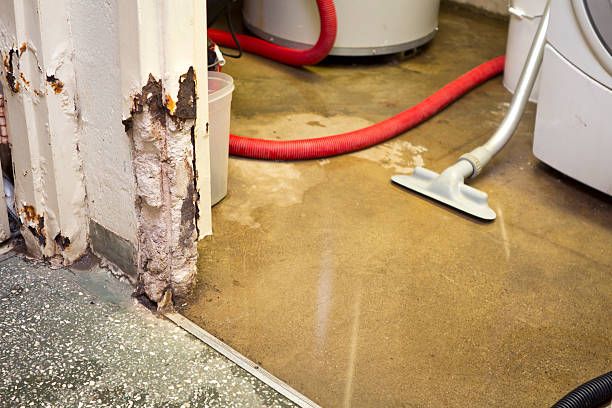
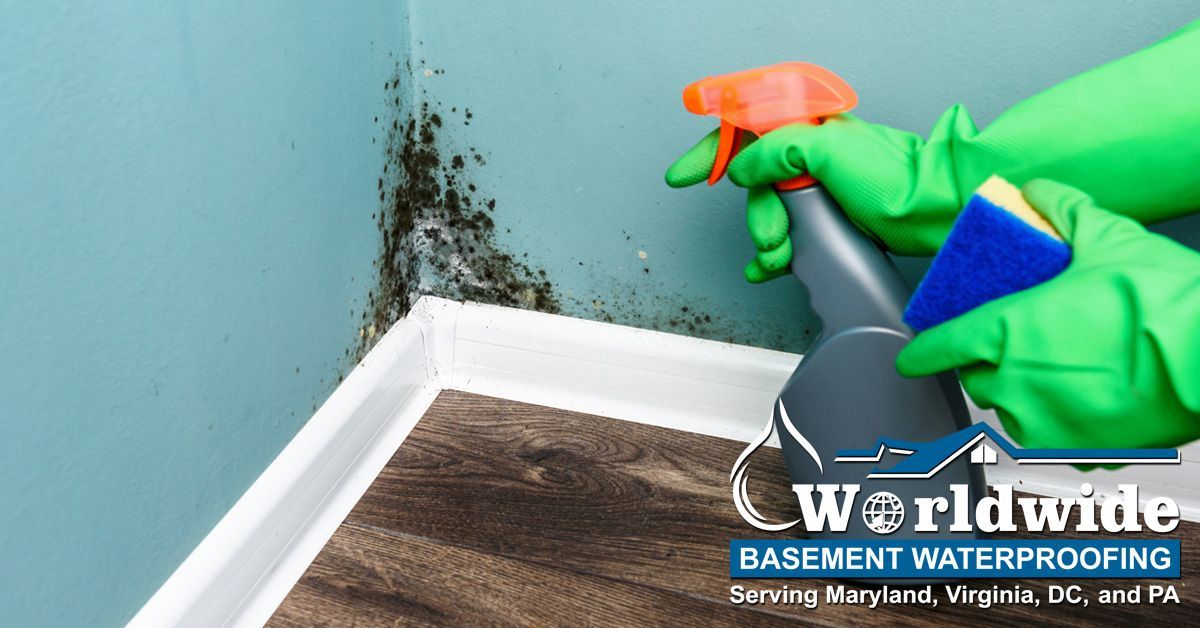

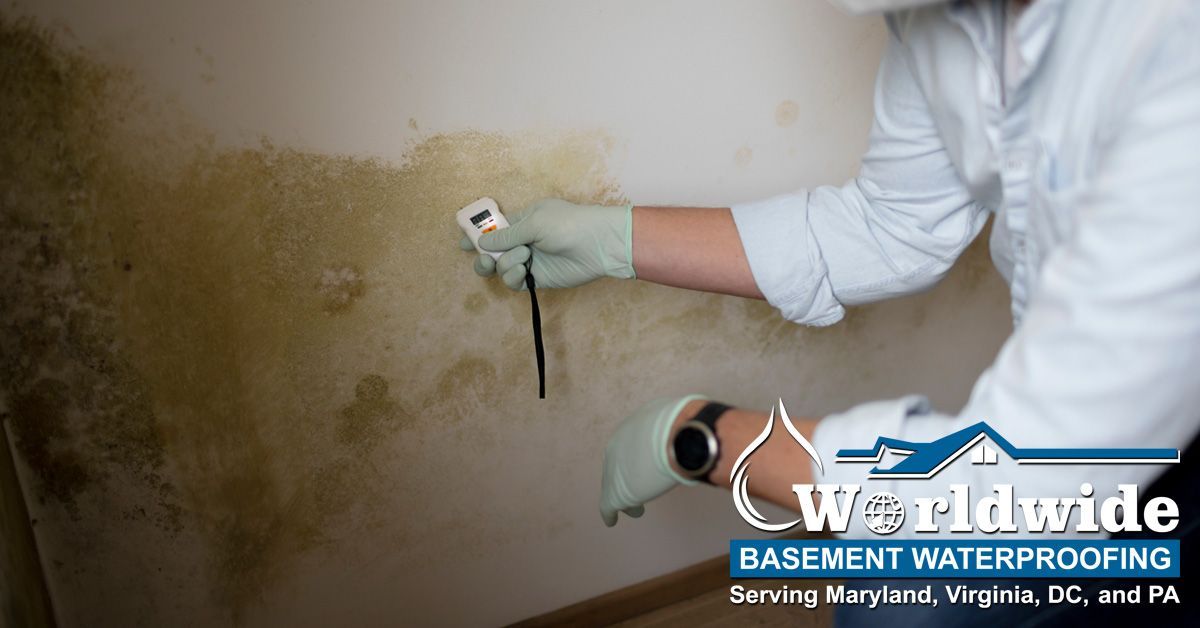
SERVING
OFFICE
HOURS
- Mon, Tue, Wed, Fri
- -
- Thursday
- -
- Saturday
- -
- Sunday
- Closed
CONTACT US
Northern Virginia (703) 647-2098
FREE ESTIMATES
Serving Maryland, Virginia, Washington DC and Pennsylvania
MHIC #96499
•
VA #2705 120358
•
DC #410517000554

